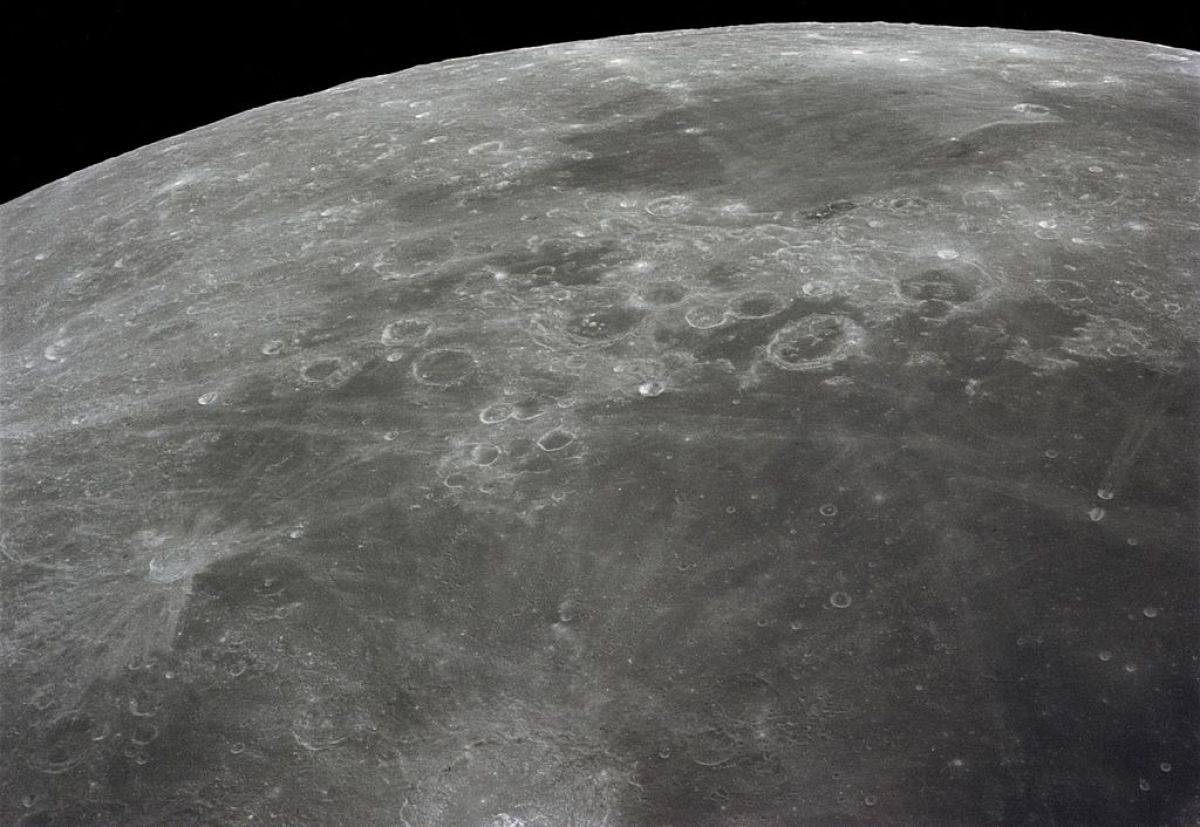First private Moon landing attempt fails
By Ivan Paul

Contact was lost with the HAKUTO-R Mission 1 Lunar Lander, a spacecraft designed and operated by the Japanese company ispace, as it reached the final part of its landing sequence.
Almost a moon landing
Although the craft was still in the correct orientation as it neared the moon’s surface, ispace’s engineers observed a rapid increase in descent speed followed by loss of communications. The company have announced that, based on this evidence, it is thought the craft probably crashed.

“Although we do not expect to complete the lunar landing at this time, we believe that we have fully accomplished the significance of this mission, having acquired a great deal of data and experience by being able to execute the landing phase,” said Takeshi Hakamada, founder and CEO of ispace.
Lessons learnt
All of the knowledge and data the team gained during the mission will be fed directly into preparations for the upcoming Mission 2 in 2024, including the valuable experience of executing the landing sequence. ispace’s engineers are also carrying out a detailed analysis of the cause of the mission failure to fix the problem for future landings.
Mission 1 was carrying a range of instruments built by collaborators, including the UAE’s Rashid rover, and a robot developed by the Japanese Space Agency (JAXA).
Moving forward
“As a fellow Japanese space enthusiast, I am proud of ispace’s challenge and respect the efforts of everyone involved. ispace will analyse the data obtained from this mission and use it as a foundation for the next mission,” said Hiroshi Yamakawa, president of JAXA.
Hot on the heels of Starship’s spectacular maiden voyage, Mission 1’s failure is yet another reminder that space exploration isn’t easy, despite our past successes.







